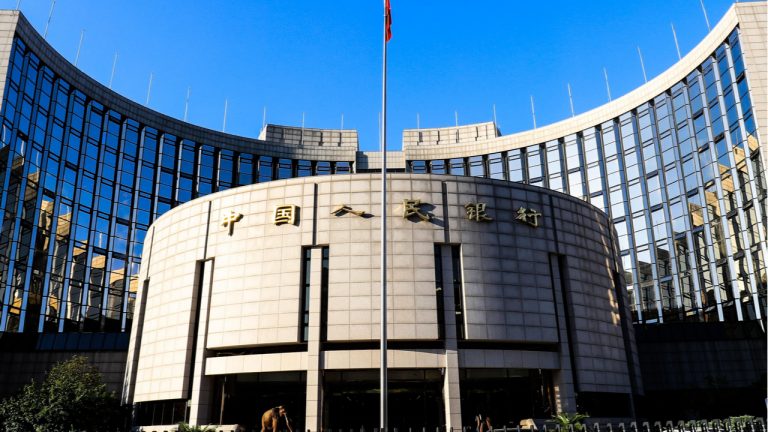
Former banking heads question foreign financial policies, workers paid with digital yuan in milestone pilot and a large Series A is closed by DeFi platform SynFutures.
Our Man in Shanghai has refused to let recent regulations slow down the news coming from China. Enterprise blockchain, central bank digital currencies and start up projects continue to make a positive impact in a region hoping to grow economic value through technology.
Death march for El Salvador
The debate around El Salvador continued this week as media and officials tried to digest the adoption of Bitcoin as a national currency. JPMorgan stated that there was little economic benefit, and John Hopkins University professor Steve Hanke warned that the move could “completely collapse the economy” of the small nation. The former Bank of China deputy governor Wang Yongli took a very hardline approach, by stating that volatility and a lack of regulation or controls would put the economy on a “road to death.” This quote, appearing in state run media The Paper June 9, was an unusually direct and colorful statement on the issue.
Crypto innovation can be productive
Zhou Xiaoquan, a former governor of the People’s Bank of China, had a few positive things to say about cryptocurrency as a technology on June 11. He spoke at an economic summit in Shanghai and noted the cryptocurrency innovation in China can be productive when it serves the real economy. He also took some shots at other countries, stating that people would be mistaken if they thought other countries were taking the same approach towards building financial services. Zhou, who is one of the most often-quoted economists in the country, felt there was little emphasis on the relationship between financial services and economic value elsewhere in the world. Based on the wild displays at the Miami Bitcoin conference a few weeks ago, his position might be more sound than others would care to admit.
Paid in e-CNY
China’s e-CNY tests continued with the first reported mass payment of salaries in Xiong’an, a district near the capital Beijing. According to Cointelegraph, the pilot received support from a number of national banks and saw subcontractors paying workers their salaries from a digital wallet.
Industrial blockchain worth $22.6B
On June 3, a government organization issued a report entitled the China Industrial Blockchain Development Status and Trend Report. According to the report, in 2020, 222 industrial blockchain policies were issued, 12,059 new blockchain-related patent applications were approved, and 776 new blockchain enterprises were established. The report also claimed that the current market size of the industrial blockchain sector was around $22.6 billion U.S. dollars. Industrial blockchain is an area that China is eager to grab control in, leading to this explosive growth in recent years.
Only 5X the fun
Leading exchange Huobi surprised futures traders by limiting them to only 5x leverage on perpetual swaps and blocking new users from accessing the feature altogether. Futures trading, particularly highly-leveraged futures trading, had always been popular features on exchanges like OKEx and Huobi. It will be interesting to see whether these new decisions to limit risk will be damaging to these large exchanges that still somewhat adhere to regulator rules. It’s also possible that it’s a short-term solution in order to avoid scrutiny during periods of tighter control.
Futures of Singapore
While Huobi was tightening controls on futures traders, Singapore-based platform SynFutures was completing a Series A for $14 million. The round was led by Polychain Capital and included names like Framework Capital, Pantera Capital, Bybit, Kronos Research, WOO Ventures, Wintermute, and IOSG Ventures. SynFutures is creating a trustless derivatives market where users can take positions on assets or anything that has an accurate feed, including Bitcoin, the price of gold, or even the Bitcoin hashrate. What many people don’t know is that the SynFutures team is composed of members from Matrixport, a financial service app that was an offshoot of massive Chinese mining conglomerate Bitmain. Now you know the whole story!
This weekly roundup of news from Mainland China, Taiwan, and Hong Kong attempts to curate the industry’s most important news, including influential projects, changes in the regulatory landscape, and enterprise blockchain integrations.












